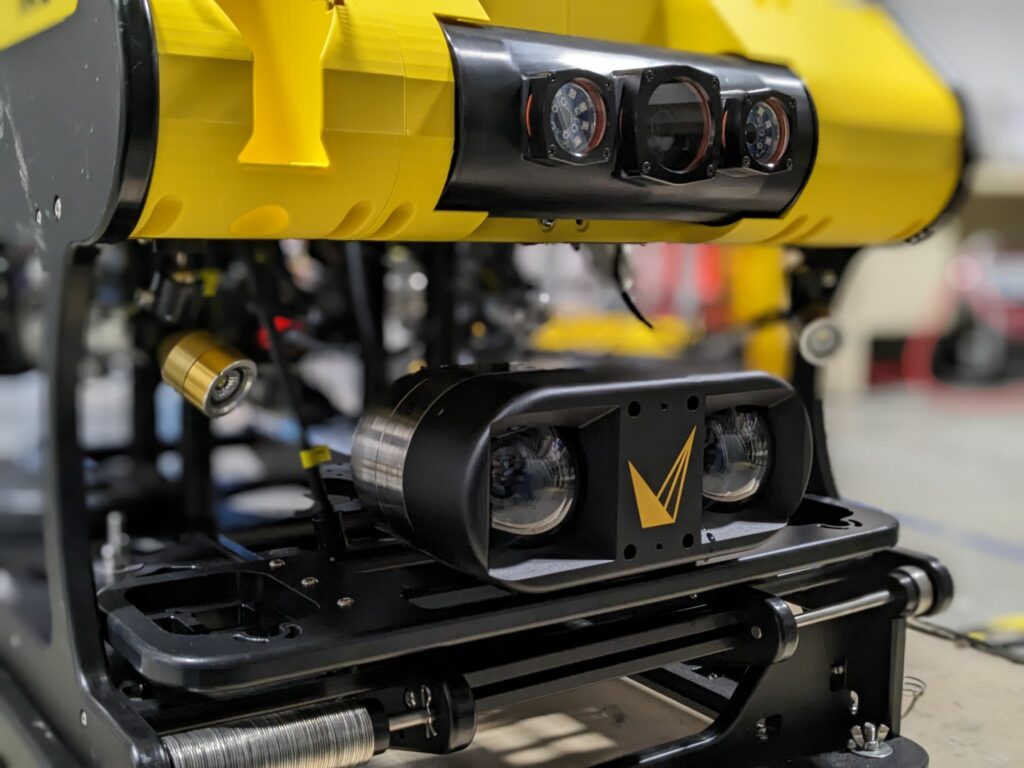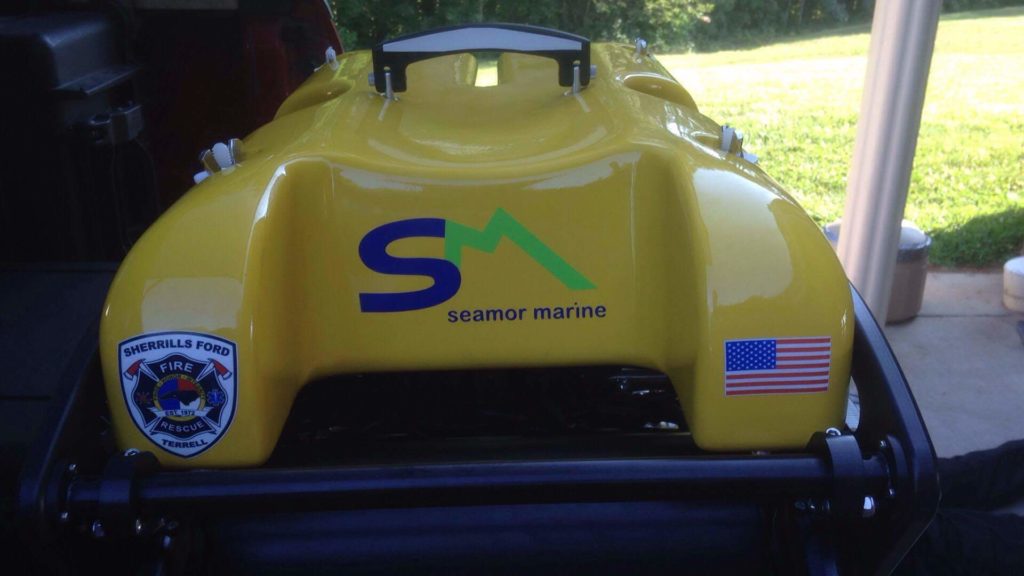Quality differences of ROV marine-grade polymers do exist. The choice of polymer depends on the specific requirements of the ROV and its intended applications. An external housing does not need to be made of the same material as cable protection, for example. Each type of plastic has its role to play. As always, the choice of materials also depends on the main uses of your ROV.
For those of you curious about what exactly marine-grade polymers are, click here.
Quality Factors
- Material Specifications. Check the manufacturer’s specifications and ensure the polymers meet industry standards for marine applications. Look for certifications or compliance with relevant standards like ASTM (American Society for Testing and Materials) or ISO (International Organization for Standardization).
- Corrosion Resistance. Marine environments are corrosive due to saltwater exposure. High-quality marine-grade polymers should demonstrate excellent resistance to corrosion and degradation caused by saltwater, chemicals, and UV radiation.
- Durability and Strength. Evaluate the polymer’s mechanical properties, including tensile strength, impact resistance, and hardness. These properties ensure the material can withstand pressure, impacts, and abrasion commonly encountered in marine environments.
- Chemical Resistance. Verify that the polymers are resistant to chemicals commonly found in seawater, such as salt, oil, and other contaminants. They should maintain their integrity and functionality when exposed to these substances.
- Temperature Stability. Ensure the polymers can withstand a wide range of temperatures encountered in marine environments without losing their properties. They should not become brittle in cold temperatures or degrade in extreme heat.
- UV Resistance. UV radiation from sunlight can degrade polymers over time. Quality marine-grade polymers should have UV stabilizers or additives to resist UV degradation and maintain their structural integrity.

Commonly Used Plastics in ROVs
- Polyvinyl Chloride (PVC). PVC is common in ROV construction due to its cost-effectiveness, chemical resistance, and durability. However, it is susceptible to UV degradation. This makes PVC unsuitable for some ROV applications.
- Polyethylene (PE). High-density polyethylene (HDPE) and ultra-high molecular weight polyethylene (UHMWPE) are used for their excellent impact resistance, low moisture absorption, and resistance to chemicals. They are suitable for various components, including buoyancy modules and protective covers.
- Polypropylene (PP). PP is valued for its chemical resistance, low density, and thermal properties. It finds use in ROVs for applications such as casings, protective shields, and structural components.
- Polyurethane (PU). PU offers outstanding abrasion resistance, flexibility, and toughness. PU uses include: coatings, seals, and protective layers in ROVs to enhance durability and resistance to wear.
- Acrylonitrile Butadiene Styrene (ABS). Known for their strength, impact resistance, and ease of processing. ABS is common in ROV components requiring strength and durability, such as housings and structural parts.
There are many, many, more plastics in the ROV industry but these are some of the more common marine-grade polymers. Most have complicated names. However, your manufacturers should know which plastics are being used in their ROVs and why.
What are the quality differences of ROV marine-grade polymers?
The plastics of lower quality are those that are less resistent to continuous pressure, UV radiation, temperature changes and salt. Usually it is easy to spot an ROV with low quality plastics. Basically, they break quickly and often. The biggest give-away of high-quality ROVs and polymers is that they out-live the majority of ROVs built for the same jobs.
SEAMOR Marine ROVs are built to last you more than a decade. Of course, they still need love and care, but they will grow with your business as long as you give them that. We use many different kinds of materials and make sure to use as many certified materials as possible. SEAMOR has found the balance between price, longevity, and overall ROV quality. Get in touch for a demo so we can prove it to you.

